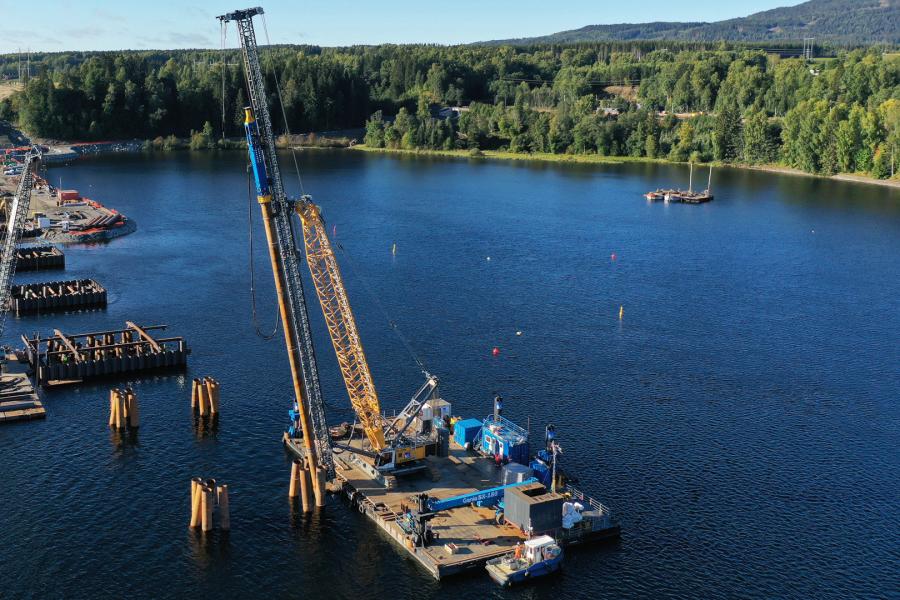Home \ International \ The foundations for Norway’s longest railway bridge
The foundations for Norway’s longest railway bridge
09/04/2021
Pubblicato da Redazione
An extreme inclination and execution from a barge: the foundation piles for the railway bridge in Minnevika are a challenge. The specialists from Aarsleff Ground Engineering found the right machine for the job in Liebherr’s LRH series. The whole pro
The bridge in Minnevika is part of Bane NOR´s large expansion of the railway system in Norway. The project will considerably shorten the travelling time between Oslo and Hamar. In two years, high-speed trains will travel on the stretch and sprint over this section. Although projects for the rail infrastructure are currently under way throughout the whole country, the bridge over the River Vorma is something very special.
“Before rail traffic is permitted, the piles must rest for at least two years.” Dennis Jensen works as Senior Project Manager with Aarsleff Ground Engineering. PNC, which is a company owned by Porr, engaged the company to carry out the piling works for the foundations of the bridge. The construction consists of 20 pier shafts with 280 friction piles, which Aarsleff has to drive into the ground. “The design challenge lay in achieving the ground bearing capacity because the rock lies so deep, therefore inclined piles were required. The project is situated in a inland lake, which makes the transportation of large machines and large materials much more difficult.”
Aarsleff is deployed the Liebherr piling rig with fixed leader system, the LRH 600, in order to complete the demanding task. “We decided for this machine because of the possible hammer sizes for inclined piles. It is very strong and stable.” An important criterion emphasized by Dennis, “We have to drive in the piles with an inclination of up to 1:5 and the hammer size was an important requirement both for Aarsleff and also the capacity of the LRH 600. Liebherr was the only supplier that could fulfil our technical requirements with a short notice and deliver a carrier machine and leader as a complete package.”
In this case the duty cycle crawler crane HS 895 HD is the carrier machine. Aarsleff positioned it on a barge and is driving half the total piles into the bed of the River Vorma. “The stability of the piling rig on the barge is surprising. Even with strong currents we can position the piles within the tolerances specified for the project in water 12-14 m deep.” The steel pipes have a foundation length of 58 m, a diameter of 1016 mm and a weigh of 29 t.
An advantage of the LRH 600 is that the leader can simply be inclined forwards or backwards instead of having to reposition the barge for each individual pile. The leader and the spotter are connected to the boom head via supporting tubes. This means the operator can alter the leader height without influencing the leader inclination. Higher precision in driving is achieved through the additional leader lowering device.
“The pile driving work was an important milestone for the project,” says Dennis. “We achieved it eight months earlier than the clients milestone for pile installation.”
Even more spectacular considering the interruptions due to lockdown. The piles represent the foundations for the bridge across the River Vorma in Minnevika. It will be opened for rail traffic in autumn 2023 and, at 836 m, will be the longest railway bridge in Norway.

Ultime notizie di Liebherr EM-Tec Italia
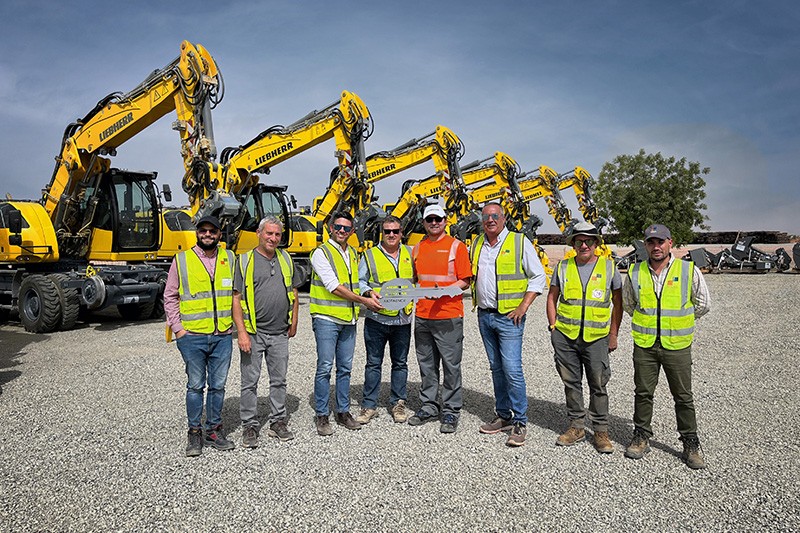
Earthmoving Machinery
26/11/2024
Mota-Engil orders 10 Liebherr railroad excavators for a major project in West Africa
The Portuguese construction company Mota-Engil has once agai...
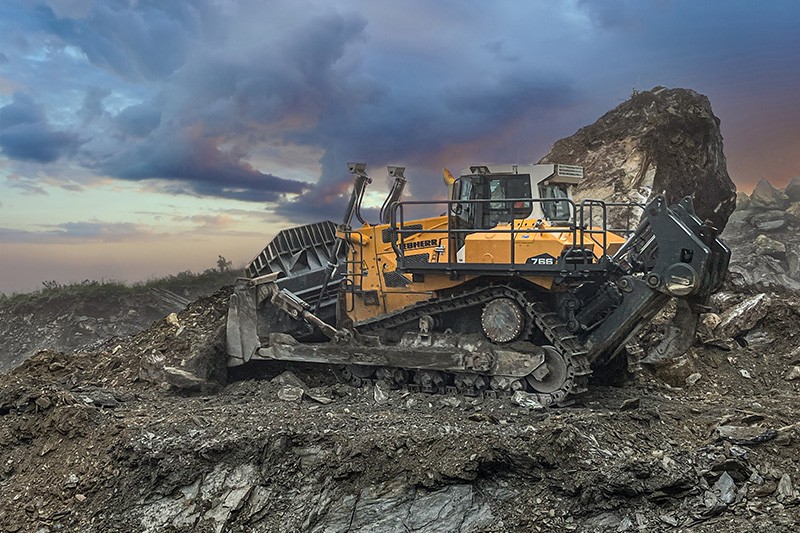
Earthmoving Machinery
22/10/2024
Hollaus company puts Liebherr to the test in reservoir construction
Equally impressive is the tremendous ripping and pushing per...
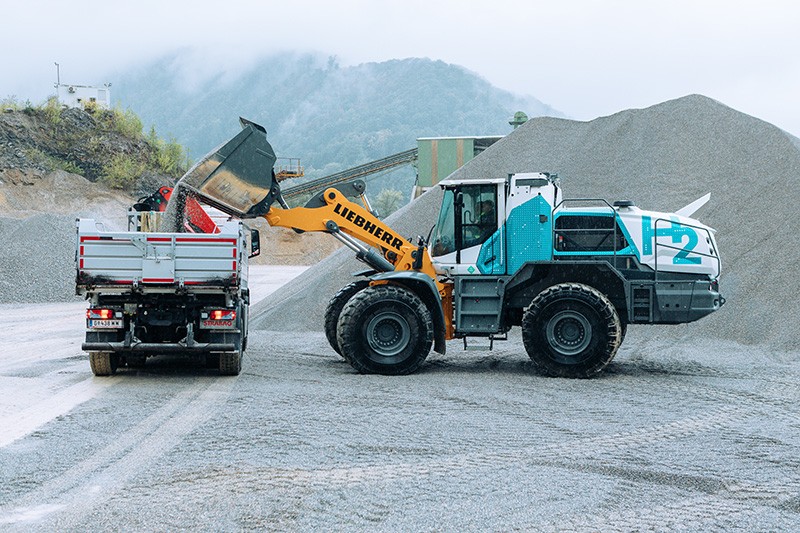
Earthmoving Machinery
18/10/2024
Liebherr and STRABAG test hydrogen wheel loader
Together with STRABAG, Liebherr is taking important steps to...

Earthmoving Machinery
07/10/2024
Liebherr’s expanded technology portfolio for integrated operations
Liebherr presented its updated and expanded technology portf...
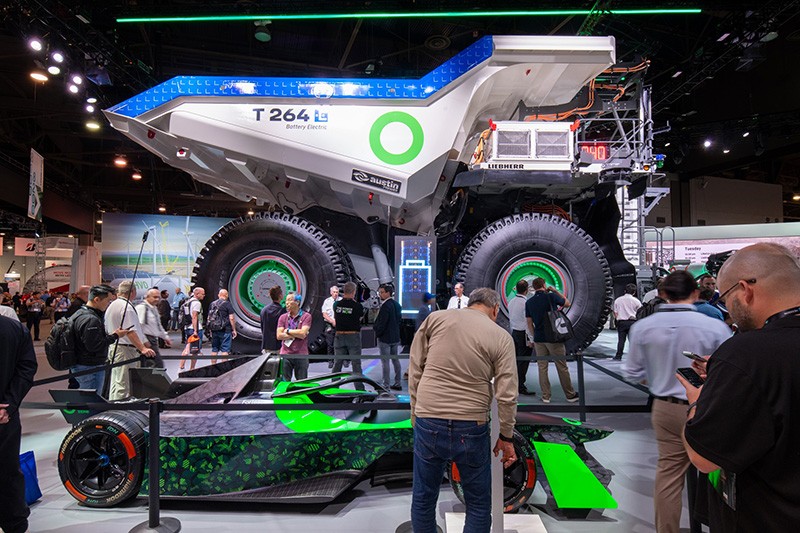
Earthmoving Machinery
27/09/2024
Liebherr presented its latest mining technology at MINExpo 2024
During the exhibition, Liebherr unveiled its autonomous batt...
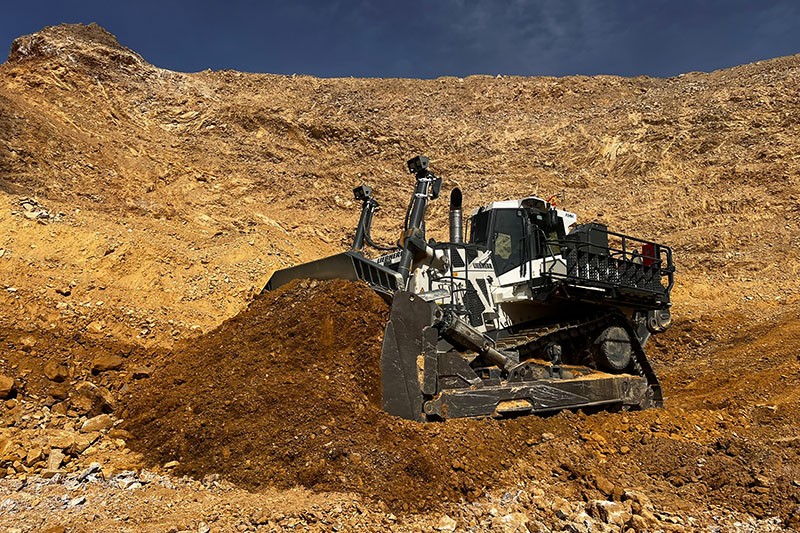
Earthmoving Machinery
11/09/2024
High efficiency and power output: Liebherr crawler dozer PR 776
Spanish construction company AMM invests in Liebherr Crawler...
Altri International

International
26/11/2024
Mota-Engil orders 10 Liebherr railroad excavators for a major project in West Africa
The Portuguese construction company Mota-Engil has once agai...
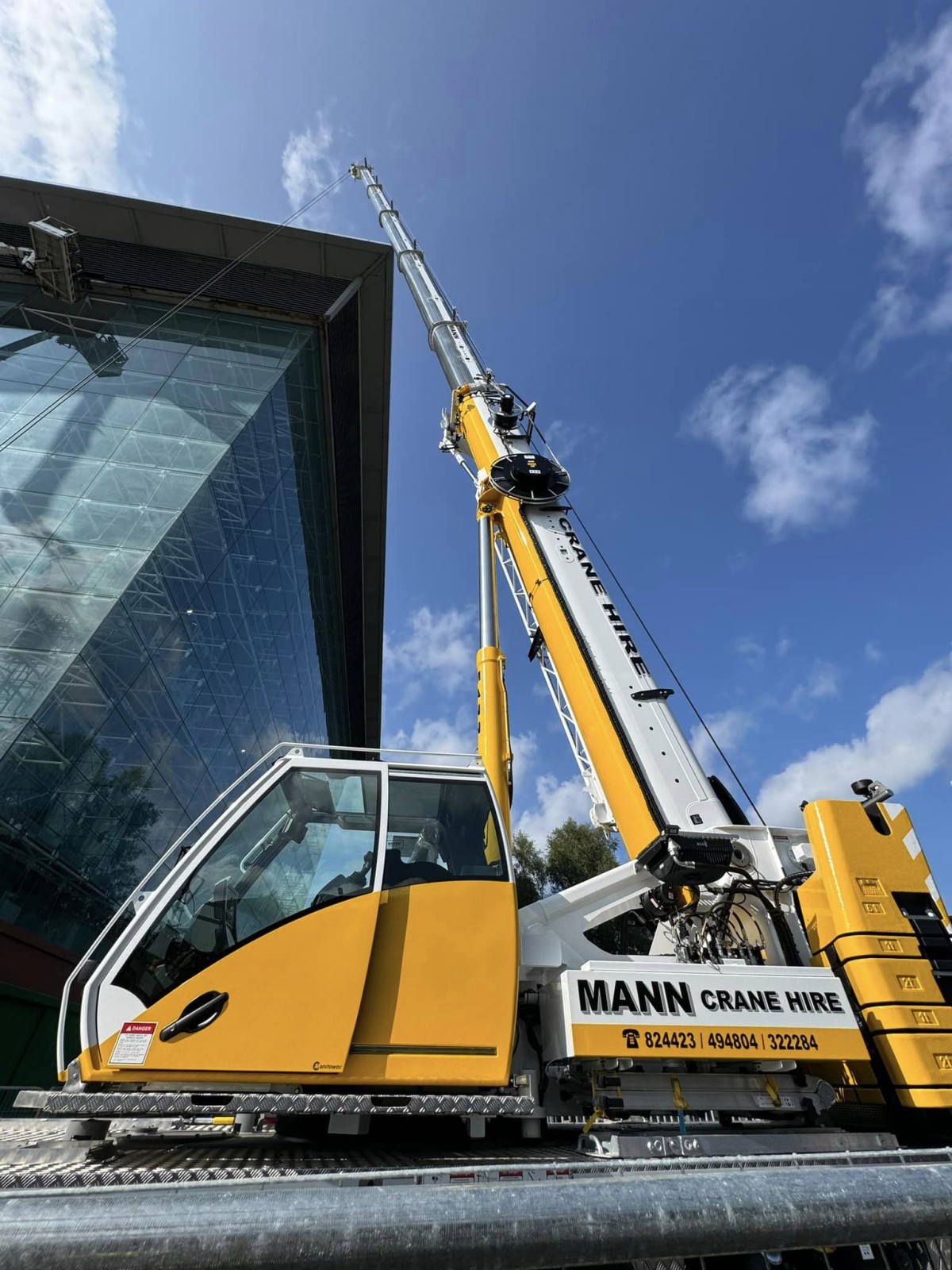
International
25/11/2024
New Grove GMK3060L-1 drives busy schedule for Mann Crane Hire
• Mann Crane Hire selected the GMK3060L-1 for its class-lead...
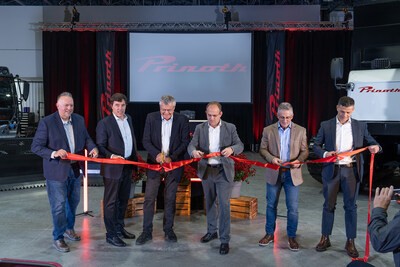
International
25/11/2024
Prinoth Unveils Expanded Production Facility in Granby, Canada
Prinoth held an event to announce the official opening of it...

International
23/11/2024
GPMat International takes delivery of two Raimondi T147s residential development in the South of France
- Official agent of France expands its product lineup with t...

International
22/11/2024
Sarens acquires additional SCHEUERLE SPMT K24 modules
renowned for its expertise in crane rental services, heavy l...
International
22/11/2024
Five WOLFF cranes modernize Oslo’s Ulven district
With a total of five WOLFF cranes of type 7534.16 Clear, Wol...











